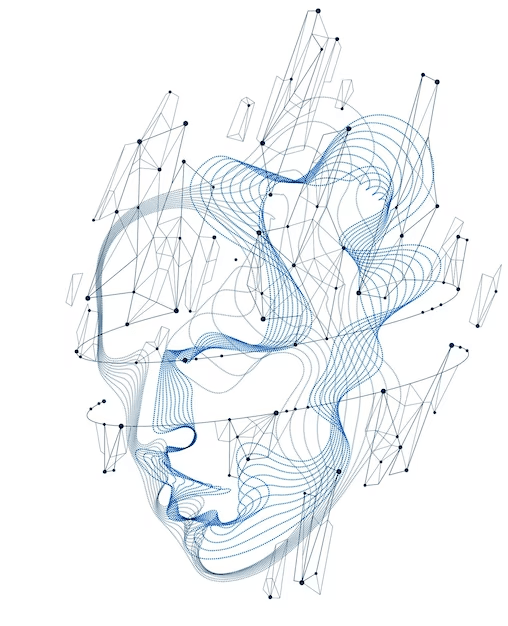Design Pattern Command
The Command Design Pattern is a behavioral pattern in which an object is used to encapsulate all the information necessary to perform a specific action at a later time, allowing for decoupling between the sender and the receiver of the command. This pattern is useful when implementing undo/redo functionality, queuing tasks, or implementing macro recording and playback.
Design Pattern Adapter
The Adapter design pattern is used to convert the interface of an existing class into another interface that the client expects. This allows the classes to work together that couldn't otherwise due to incompatible interfaces. The adapter acts as a wrapper around the existing class, providing a new interface to the client code.
Design Pattern Factory
The Factory design pattern is a creational pattern that provides a way to create objects without specifying the exact class of object that will be created. The pattern delegates the responsibility of object instantiation to a factory method, which is responsible for creating the object based on a given set of parameters. This allows for more flexible and scalable code, as new classes can be added to the system without changing existing code that relies on the factory.
Design Pattern Decorator
The Decorator design pattern allows behavior to be added to an individual object, either statically or dynamically, without affecting the behavior of other objects in the same class. It is used to extend or modify the functionality of objects at runtime by wrapping them with an object of a decorator class that has the same interface.
Design Pattern Singleton
The Singleton Design Pattern is a creational pattern that ensures a class has only one instance and provides a global access point to that instance. It is often used for objects that need to be shared across different components of an application.
Design Pattern Template
The Template Design Pattern is a behavioral design pattern that allows defining an algorithmic template in a base class, leaving specific parts to be implemented by subclasses. It is often used to avoid code duplication and facilitate maintenance while allowing flexible customization of behaviors.
Design Pattern Facade
The Facade Design Pattern is a structural design pattern that provides a simplified interface for a complex set of functionalities. It allows hiding the complexity of the underlying system and making the usage simpler for clients.
Design Pattern Observer
The Observer Design Pattern is a behavioral pattern that defines a one-to-many relationship between objects, where one object, called the subject, automatically notifies the other objects, called observers, of any state changes. It is used to maintain consistency between objects and minimize dependencies between them.
Design Pattern Strategy
The Strategy Design Pattern is a behavioral pattern that defines a family of interchangeable and encapsulated algorithms that can be used to solve a specific problem. It allows for great flexibility by dynamically modifying the algorithms used during program execution.

 English
English



